The Portal vein transports oxygen-poor but nutrient-rich blood from the gastrointestinal area to the liver, where possible toxins are metabolized. Diseases of the portal vein can severely impair the liver's detoxification performance.
What is the portal vein?
In general, portal veins are veins that transport venous blood from one capillary system to another capillary system. Mammals have two portal vein systems, the hepatic portal vein and the pituitary portal vein.
The colloquial name of the portal vein refers exclusively to the Vena Portae (Hepatic portal vein). Its function is to transport oxygen-poor (venous) but nutrient-rich blood from the gastrointestinal tract to the liver. To do this, it collects the blood from the organs of the gastrointestinal tract, forwards it to the liver and divides it there again in a capillary system.
In the capillaries of the liver, the venous blood is mixed with arterial (oxygen-rich) blood from the hepatic artery (Arteria hepatica propria) and passed through the liver to prepare the nutrients. After toxins have been broken down, the blood returns to the great bloodstream. The portal vein circuit is thus a bypass circuit, which is a branch from the great circuit. Some substances migrate through the portal vein circuit several times via the enterohepatic circuit.
Anatomy & structure
The portal vein is located horizontally behind the pancreas and runs to the upper right in the hepatoduodenal ligament (connection between the liver and the duodenum). From there it reaches the porta hepatica. It represents a merger of several veins from the gastrointestinal tract. It collects blood from the gastric veins, the vein of the gastric porter (vena pylorica), the vein of the gallbladder (vena cystica), the vein network of the navel (venae paraumbilicales), the superior intestinal vein (vena mesenterica superior), the inferior intestinal vein (vena mesenterica inferior) and from the splenic vein (vena splenica).
The confluence of the splenic vein (vena splenica) and the upper intestinal vein (vena mesenterica superior) is the actual beginning of the hepatic portal vein. After the portal vein passes the porta hepatica, it divides into a branch to the right and one to the left lobe of the liver. This is followed by a further division into smaller branches that form the capillary system. The blood is then passed from the individual liver sections via the liver veins into the inferior vena cava and from there into the right anterior chamber. The latter is no longer part of the portal vein system.
Function & tasks
The portal vein circulation is not directly integrated into the great blood circulation, but represents a secondary branch. However, this secondary circulation ensures the liver passage of the blood. As part of this system, the nutrients absorbed in the intestines reach the liver. At the same time, the liver also breaks down the toxins that have entered the body. Only after the detoxification and the preparation of the nutrients is the blood released back into the great bloodstream.
From there, the processed nutrients are absorbed in the corresponding target organs. The portal vein circuit also includes the enterohepatic circuit. Some substances are not completely broken down in the liver and can get back into the intestine via the bile. From there these substances are transported again via the portal vein into the liver and further metabolized. Some substances migrate through this cycle several times until they are partially or completely broken down. For example, some drugs cannot be taken orally because they would lose their effectiveness if they are broken down in the liver.
The effectiveness of other active ingredients is reduced because only some of them get into the bloodstream. This so-called first-pass effect (first passage through the liver of the active ingredient) has an impact on the dosage or even on the form of its administration. The first-pass effect is dependent on liver function and the chemical properties of the drugs and can be circumvented by parenteral administration (by infusion).
Diseases
Known diseases of the portal vein are portal hypertension and portal vein thrombosis. The portal hypertension is an increase in the blood pressure in the portal vein. This leads to drainage problems and the blood backs up.By bypassing the portal vein circulation, the blood now flows out via the veins of the esophagus or the stomach.
The consequences of this are gastric inflammation (congestive gastritis), indigestion, enlarged spleen, esophageal varices (varicose veins of the esophagus) or caput medusae (navel varicose veins). In addition, ascites (fluid accumulation in the construction space) can occur. The causes of this disease are many. In addition to liver diseases such as cirrhosis of the liver, it can also be caused by blockages in the portal vein (portal vein thrombosis). A portal vein thrombosis is a blockage of the portal vein by a blood clot.
Depending on the extent of the thrombosis, the disease can go completely unnoticed or show the typical symptoms of portal hypertension. Esophageal varices, stomach inflammation, enlargement of the spleen or ascites can occur. Due to the special nature of the portal vein circulation, however, there is no risk of pulmonary embolism. Both portal hypertension and portal vein thrombosis can be independent as well as sequelae of other diseases. Pancreatic diseases, liver diseases or blood clotting disorders, for example, should be considered as causes.
Since the portal veins can also transport parasites, parasitic diseases caused by the fox tapeworm (alveolar echinococcosis) or by liver fluke are possible. Some pathogens can even travel to other organs of the body via the gallbladder or the blood. The so-called persistent ductus venosus is a birth-related disease. Here, the connection between the portal vein and the lower vena cava remains, so that the poisons absorbed in the intestine can get directly into the great bloodstream. The limited life expectancy makes surgical intervention necessary here.

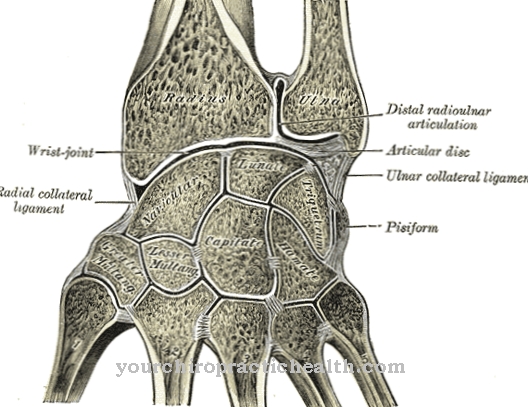

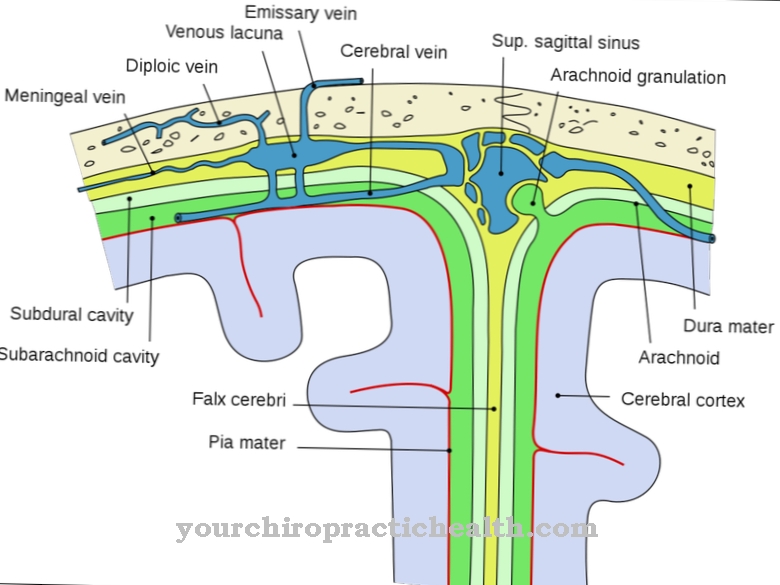
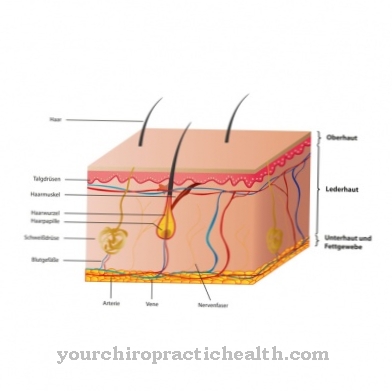
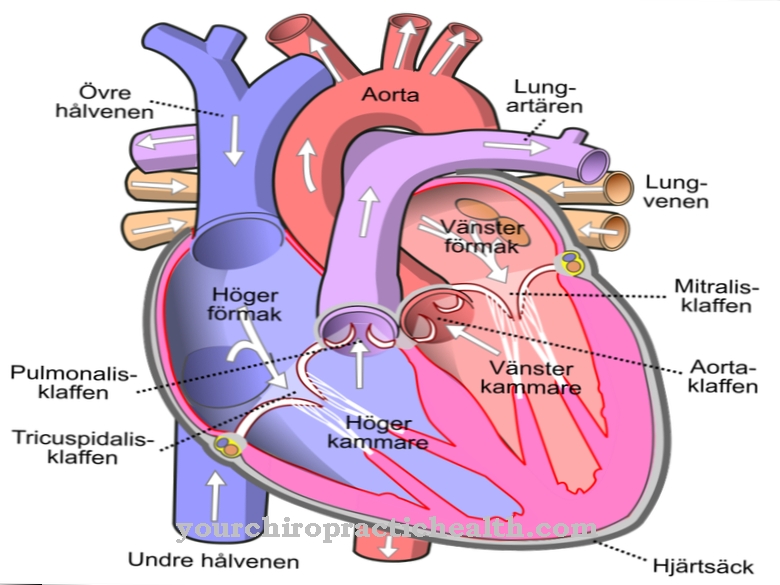
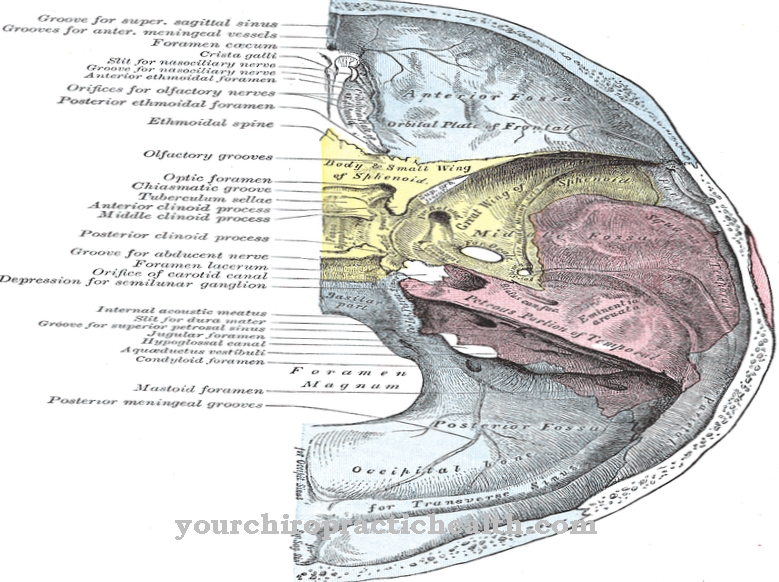






.jpg)

.jpg)
.jpg)











.jpg)